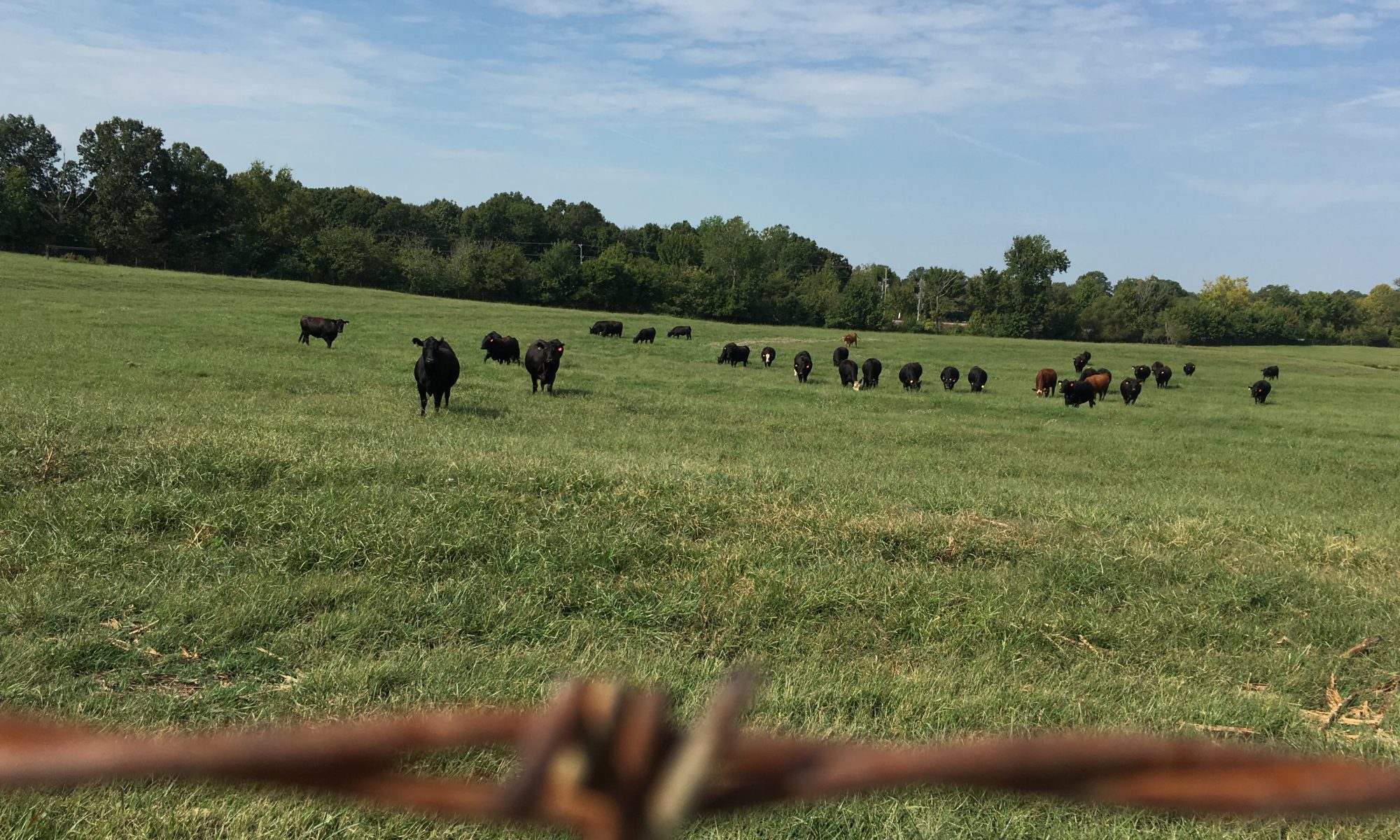

Dr. Katie Mason
Assistant Professor and Extension Beef Cattle Nutrition Specialist
Department of Animal Science
P: 865-974-8941
What are ionophores?
Ionophores are a class of antibiotic-like compounds that do not include drugs that are medically important for humans. Commercially available ionophores in the United States include monensin (Rumensin), lasalocid (Bovatec), and laidlomycin propionate (Cattlyst). These feed additives do not fall under the Veterinary Feed Directive status of other feed-grade antibiotics, and therefore, can be purchased without a prescription. However, they are still classified as a medication and may only be purchased premixed. Ionophores increase feed efficiency by altering the fermentation process. They also decrease potential for bloat and acidosis. In feedlot cattle, ionophores are primarily used to improve weight gain and decrease the prevalence of coccidiosis.
How do they work?
The mode of action that creates greater feed efficiency has to do with what is happening in the rumen. As feeds enter the rumen, microbes break them down into volatile fatty acids, or VFAs. These VFAs are absorbed by the rumen and serve as the main energy source for cattle. The major VFAs produced in the rumen in order of relative quantity are acetate, propionate, and butyrate. Ionophores target the bacteria that produce acetate, giving an advantage to the bacteria that produce propionate. Propionate production is more energetically efficient, so this overall process is what improves the energy status of the animal which leads to greater feed efficiency.
Feeding considerations
While the majority of ionophores are fed to finishing cattle, they can be fed to all classes. The quality of the diet, specifically forages, will impact the degree to which ionophores improve performance. Cattle grazing high-quality forages will likely show a lesser response to ionophore inclusion. Typically, ionophores are provided in the form dry or liquid supplements or included in mineral mixtures. They may serve as an intake limiter, specifically monensin, due to palatability characteristics in the loose form.
Always follow label instructions when feeding medicated feeds as incorrect use may lead to toxicities. Monitor mineral feeders closely to ensure that they stay full to encourage consistent intake. Be aware that the doses of ionophores used in cattle feeds are highly toxic to horses, and as such, care should be taken to ensure that horses do not have access to feeds or mineral mixes that contain ionophores. There is no withdrawal time for ionophores, meaning cattle can consume them all the way up to time of slaughter.
